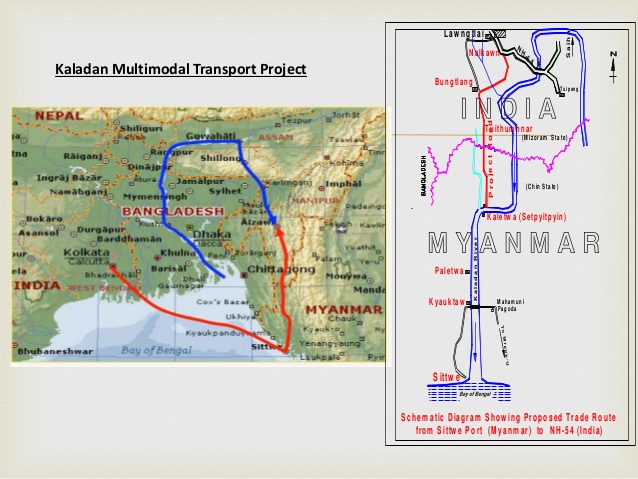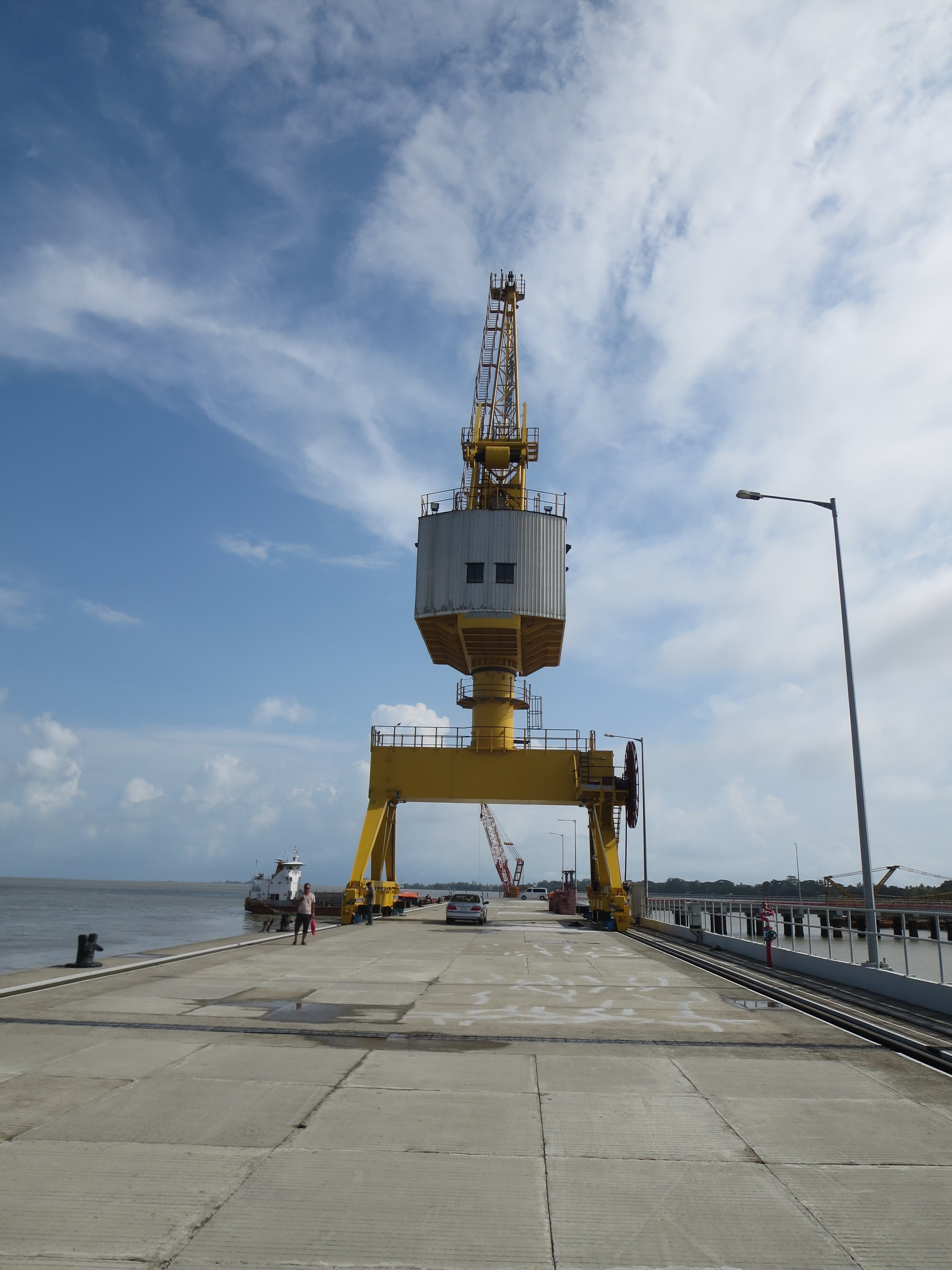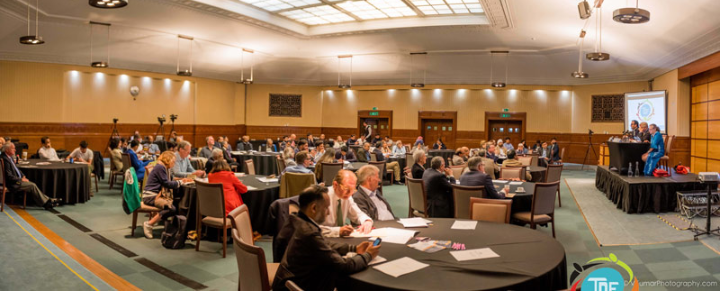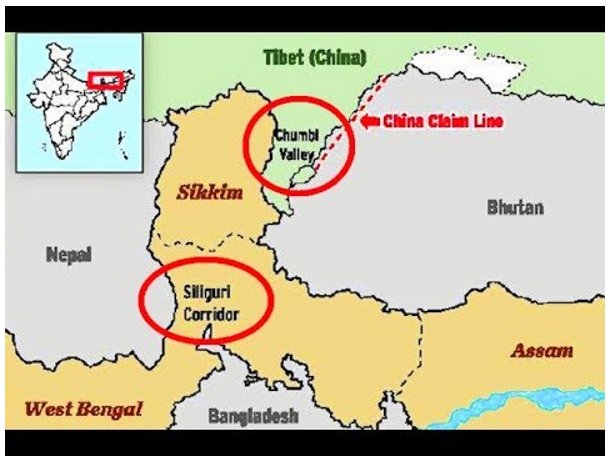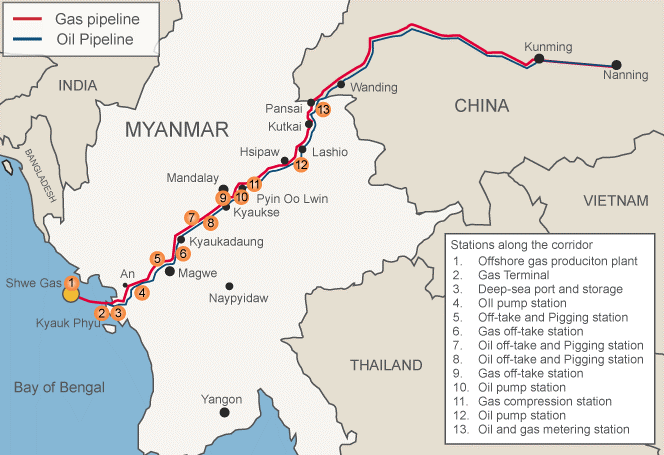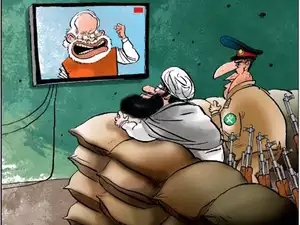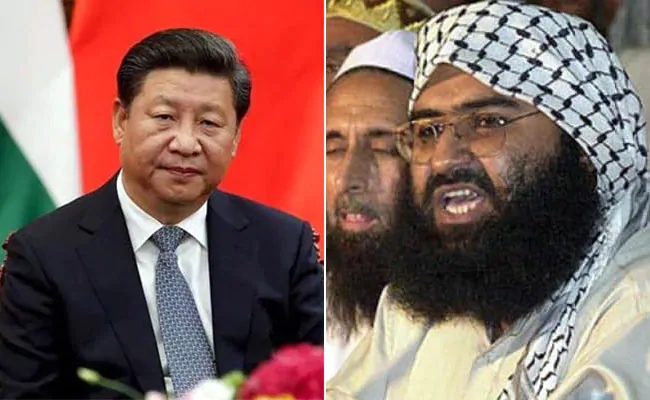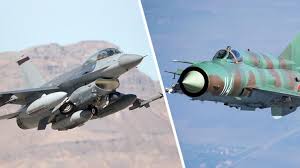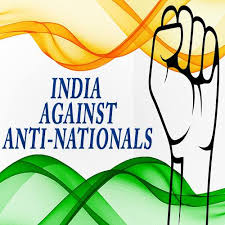Trump learns that a nuclear-armed, terrorist festooned Pakistan has the Trump Card.
Donald Trump undid decades of bipartisan diplomacy forged by US presidents Bill Clinton & Barack Obama and Indian PMs Atal Bihari Vajpayee & Narendra Modi.
America’s mendacious, racist, misogynist and all-around boorish President Donald Trump last week undid decades of bipartisan diplomacy forged by American presidents Bill Clinton, George W. Bush and Barack Obama and Indian Prime Ministers Atal Bihari Vajpayee, Manmohan Singh and Narendra Modi. This was evident during Pakistan Prime Minister Imran Khan’s recent visit to Washington DC.
While these respective administrations often disagreed amongst and between themselves in Washington and New Delhi, they all agreed on the natural strategic alignment in Indian and American interests. The progress was stunning.
The two inked deals that few could have imagined, including the civilian-nuclear deal, cooperation on satellite launches, and myriad agreements known by dizzying acronyms that detailed proliferating bilateral and defence and technological cooperation. Then came Donald Trump.
Trump & Indian optimism
When Trump was elected, many in India expected a new day in US-India relations. Much of this optimism was rooted in Trump’s Islamophobia and (ironically) race-baiting, which signaled to religious majoritarian chauvinists that Trump would finally give Pakistan the proper thappad before tossing Pakistan out into the street to fend for itself. Indeed, Trump occasionally provided ballast for those expectations. He famously tweeted on 1 January 2018:
“The United States has foolishly given Pakistan more than 33 billion dollars in aid over the last 15 years, and they have given us nothing but lies & deceit, thinking of our leaders as fools. They give safe haven to the terrorists we hunt in Afghanistan, with little help. No more!”
After spurts, the deep state responded to the tweet state and began figuring out how to craft an ex-post facto punitive policy. At the time, I argued in Foreign Policy that while Trump may have sway over America’s checkbook, Pakistan in fact held the Trump Card. Trump’s policy is over-determined by the map he scarcely could read. If he was hoping for a military outcome different from that of his predecessors, he needed a country with a port. The options were two: Iran and Pakistan. (The northern distribution network was also a canard as Russia did not permit the United States to transit lethal goods, which are necessary during war-fighting.)
Since Trump was dead set upon doing Israel’s bidding to pander to his evangelical base, which (and I joke not) considers him the most godly president in the US history, this left only Pakistan. His “surge” policy would fail for the same reasons that previous surges failed — the persistent resistance to developing a coercive Pakistan policy. This would leave Trump in a position he hates: losing.
Trump’s Afghan promise
As expected, Trump switched course and sought to fulfil a campaign pledge that he made. Trump has an obsessive compulsion about fulfilling campaign pledges irrespective of how idiotic, dangerous or ill-informed they may be. And his base loves him for this. Trump believes that getting out of Afghanistan before the 2020 election season ramps up is necessary for him to win. From Trump’s point of view, if Afghanistan goes to hell in a hand-basket after he’s elected, it will not be his problem because he cannot legally contest a third term. If he loses the election in 2020, what happens in Afghanistan is also not his problem.
In an effort to sever and saunter from Afghanistan, Trump dispatched the Afghan-American Neocon Zalmay Khalilzad to stitch up a peace deal with Afghans. It has not gone as expected for the reasons that I argued in January 2018: Pakistan holds the Taliban leash. Trump needs Pakistan to put even the slightest fig leaf over what is clearly a failure that was purchased on the installment plan by three American presidents.
While many were doubtful — or hopeful — that Trump would backtrack on his “hard line” against Pakistan, all doubts were cleared on 22 July when Trump met Pakistan’s army chief-selected Prime Minister Imran Khan. The press conference will likely go down as one of the most bizarre, mendacious and even unhinged press conferences in US presidential history.
Trump & Imran meet
First, Trump conceded what perspicacious South Asia observers knew all along: he needs Pakistan to “help us out to extricate ourselves” from Afghanistan where “We’re like policemen. We’re not fighting the war.” Such a description belies and belittles the enormous death toll of this war, which includes: nearly 2,500 American soldiers, nearly 4,000 contractors, tens of thousands of Afghan security forces, about 1.47 lakh Afghan civilians and over 1,100 allied troops.
He reassured Americans and everyone else watching the press conference that he could win a war in Afghanistan and that it would take a week to do so. But, he repined, “I just don’t want to kill 10 million people. Does that make sense to you? I don’t want to kill 10 million people.” And since he doesn’t apparently want to use nuclear weapons on Afghans —our allies of nearly 18 years who have made countless sacrifices — he explained that Pakistan would help him out of Pakistan.
To Afghans, this was an explicit threat: accept Pakistan’s yoke or be incinerated. As I have repeatedly said, Trump may have denied Pakistan aid since early 2018, but he would bequeath the prize to them: Afghanistan. Pakistan would—just as it did in the 1990s—become the security manager of Afghanistan despite the will and aspirations of Afghanistan, despite the sacrifices Afghans and the international community made to empower women, educate children, provide healthcare and bring the country into the 21st century.
India’s outrage
For Indians, the worst was yet to come as the press conference continued. After Imran Khan told the world that Pakistan has “tried our best. We’ve made all overtures to India to start dialogue, resolve our differences through dialogue”, he ultimately massaged Trump’s ego and asked for intervention. Trump could not resist the bait and claimed that, two weeks prior, he met Modi who “actually said, ‘Would you like to be a mediator or arbitrator?’ I said, ‘Where?’ He said, ‘Kashmir.’ Because this has been going on for many, many years. I was surprised at how long; it’s been going on a long.”
Indians were aghast. How could the most powerful man in the world say something that was so implausible and most certainly untrue? (Indeed, India clarified that this was simply a lie.) As an American, I found the Indian incredulity to be charming. After all, since assuming office, Trump has told a whopping 10,796 lies (as of 7 July) about things big and small. Why would Indians believe that the third rail of their domestic politics was out of range for Trump’s prevarications?
Americans were confused by India’s outrage. Few Americans appreciate how fraught this subject is or how presidential terms have been littered with past efforts to play a role in “Kashmir.”
As diplomats and scholars of South Asia listened aghast and as the US Department of State attempted to roll- back what was surely a blatant lie that would shadow US-India relations for some time to come, Imran Khan hit a homerun (or whatever that is in cricket). Trump backpedaled and said that “Pakistan never lies” among other absurdities. Khan was able to link peace in Afghanistan to some sort of a resolution in Kashmir, which is a clear coup for Pakistan’s deep state messengers.
While Khan was the political farce of the visit, the real work was being done by Pakistan’s all-powerful army chief, General Qamar Javed Bajwa, who hobnobbed with American defence officials, including Chairman of Joint Chiefs of Staff (General Dunford) who should understand Pakistan’s perfidy after he led the US and NATO forces in Afghanistan from February 2013 to August 2014. While op-eds were still being churned out summarising the visit, the US Department of State on 27 July announced that the US would resume military aid to Pakistan, beginning with a support package for Pakistan’s F-16 fleet.
Such a move was surely a blow to India given that an F-16 likely shot down the MiG-21 Bison being flown by IAF Wing Commander Abhinandan Varthaman during the brief air-to-air conflict after the Indian Air Force attacked a Jaish-e-Mohammad training base in Balakot, in Pakistan’s Khyber Pakhtunkhwa province. It also hurt Americans who were hopeful that India would consider a proposal to manufacture the F-16 airframe in India. The move is also reckless. Not only has Pakistan done nothing to rein in the zoo of terrorists it uses to kill in India, its Taliban proxies have continued to kill Afghans even while claiming to be negotiating in good faith with the Americans.
Trump, like virtually every President before him, reaffirmed what Pakistan’s deep state already knew: being a reckless nuclear-armed state festooned with terrorists is a strategy that always pays.
Indians learned what it feels like to be an American.
A version of this was published in The Print on 30 July 2019.




